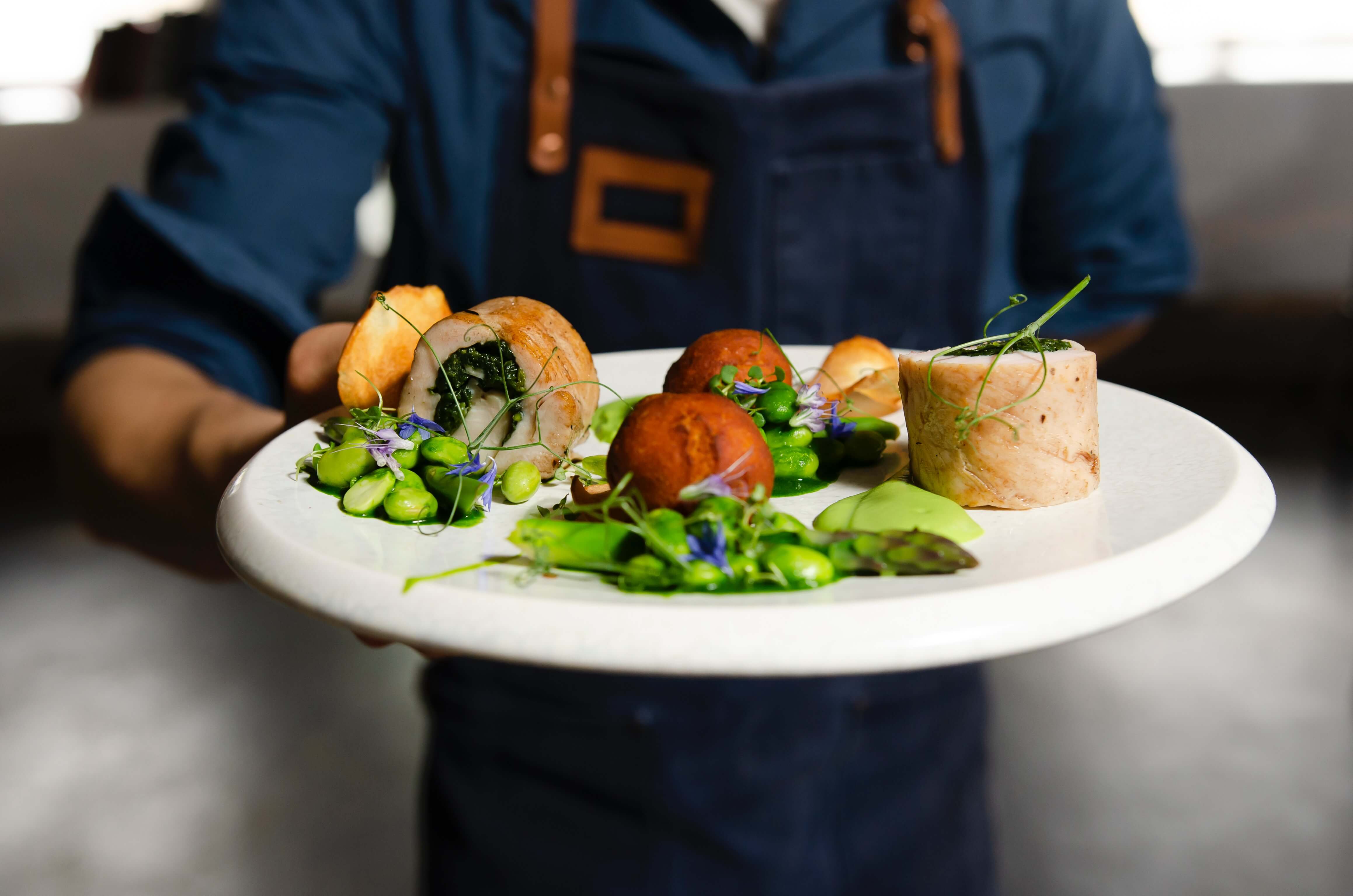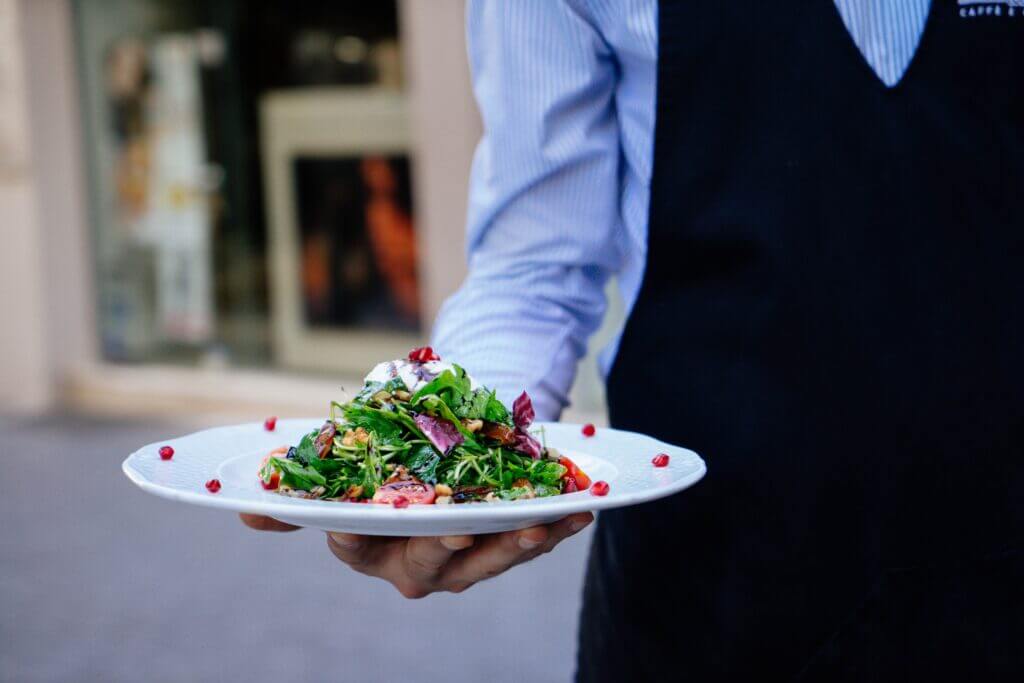By: Brett Asselstine, Head of Business Development
A human touch does far more than take orders. In this regard, technology will never replace the service staff’s role in hospitality. After all, they’re the face and personality of a restaurant. But we also shouldn’t ignore the fact that there are certain inefficiencies and pain points in the current model. That’s where technology comes in—not to replace the human element, but to enhance it.

So what are some inefficiencies and pain points that technology can enhance in the full-service experience?
- Speed to First Beverage – The quicker guests get a beverage in hand, regardless of whether or not they’re at their table, the quicker they feel catered to and settled into the restaurant experience. A pre-ordered round could go a long way for a group waiting on their table.
- Customized Recommendations – Knowing diner preferences allows staff to focus on the dishes diners want to know about, rather than those they don’t.
- Instant Refills – Menu suggestions are always appreciated, but let’s skip the wait for an extra sauce or beverage as we try to wave the waiter down and ignore our friend’s conversations. We should be able to fire that over to the kitchen and go back to enjoying ourselves, while giving the waitstaff less to do.
- Splitting the Check – No one enjoys that awkward dance of trying to figure out who owes what. In the age of Venmo, how are we still scanning bills and struggling to fairly divide it up? Likely to blame are the old-school POS systems. Guests and hosts should never have to deal with this buzzkill. It’s 2023.
If you replace people with tech, you get empty, soulless spaces. Restaurants become vending machines. That might be a good fit in a bus terminal or cafeteria, but we don’t often choose to spend Friday nights in those settings. We need to hear the GM’s favorite music, see the local muralist’s art on the walls, and receive warm recommendations from the waitress.

In the bullets above, waitstaff still serve the experience but are better aligned on the touch points. They don’t have to be everywhere at once, trying to keep up with a world of instant gratification. They’ll know what diners want and when they make a decision, and can more seamlessly deliver a positive experience. They can focus on the relationship with the customer, rather than the order. That relationship wins customers for life.




